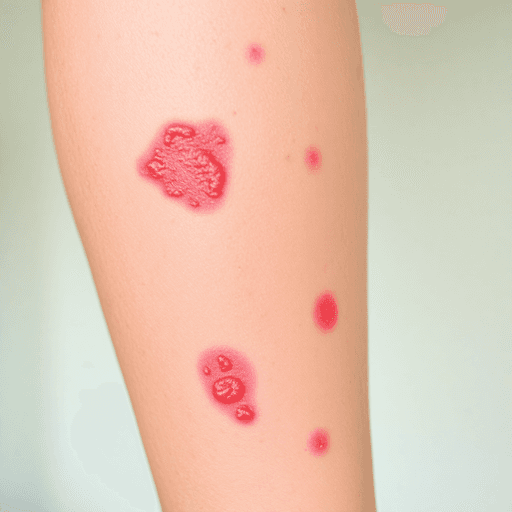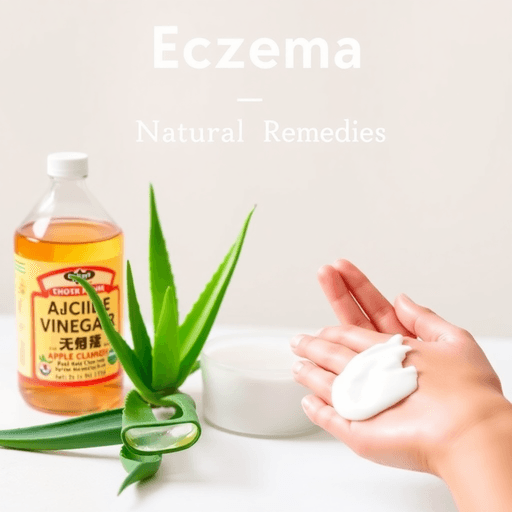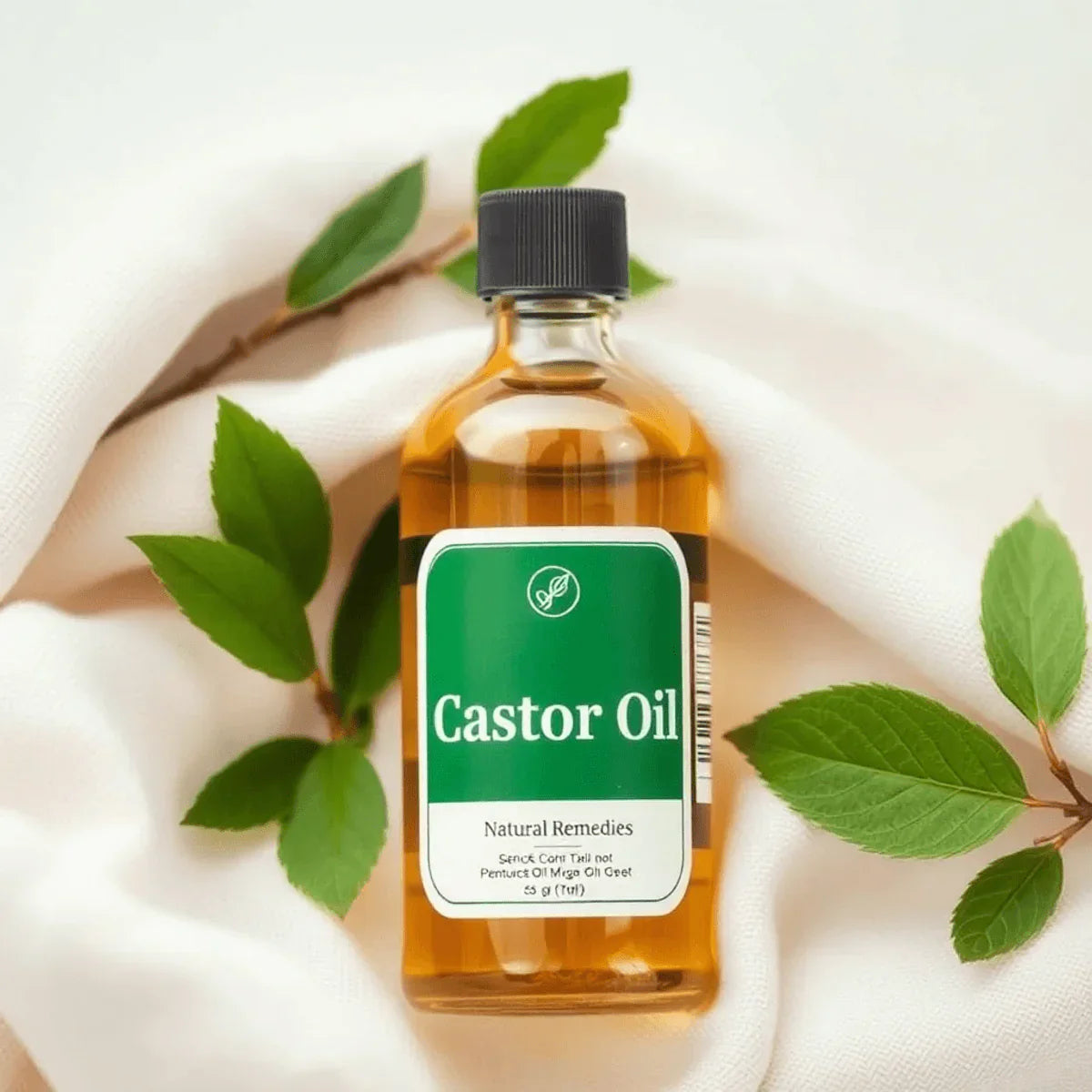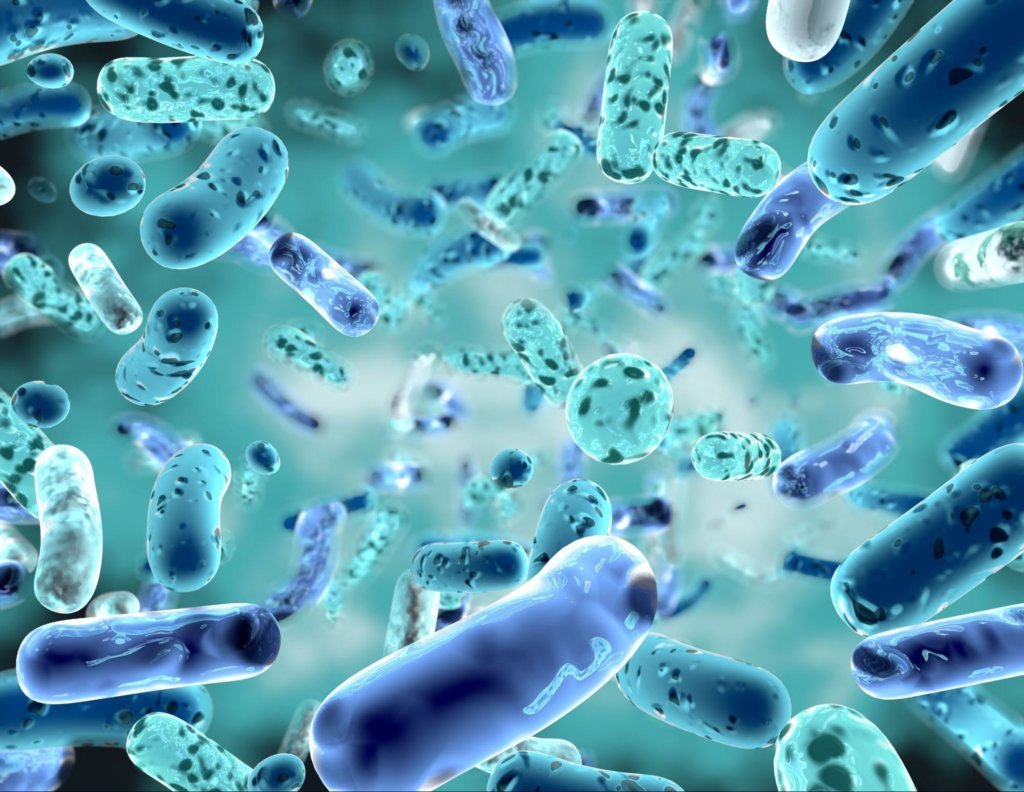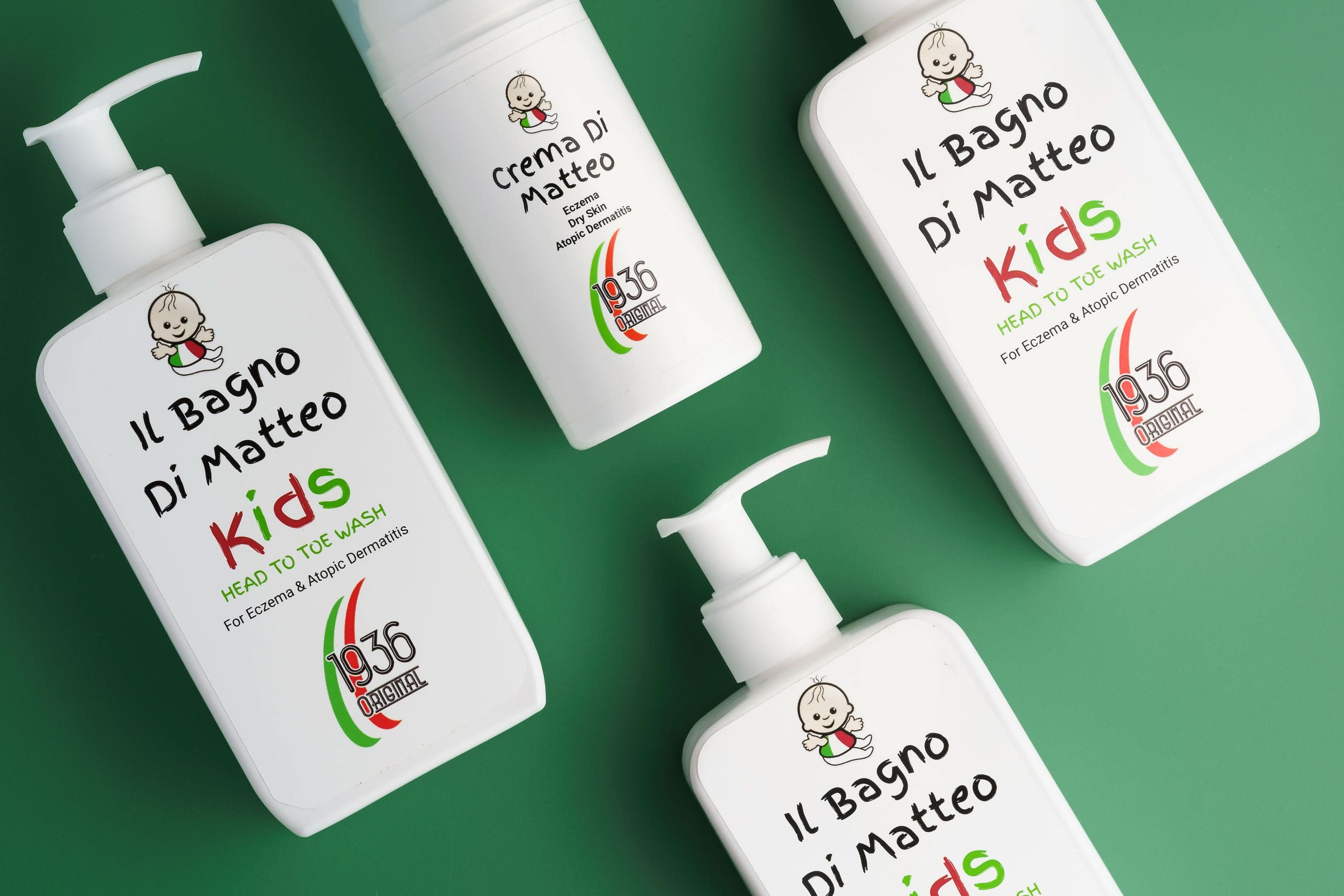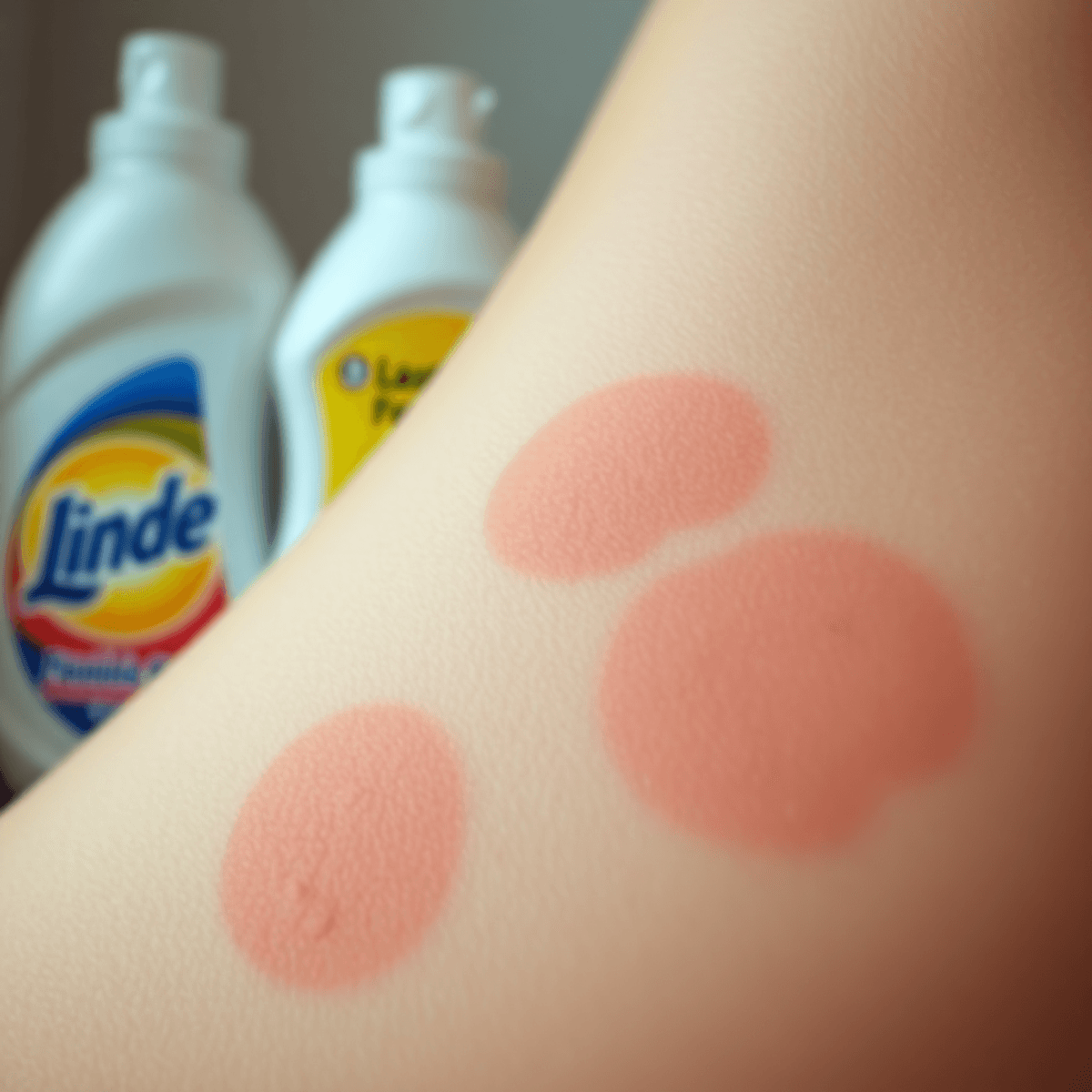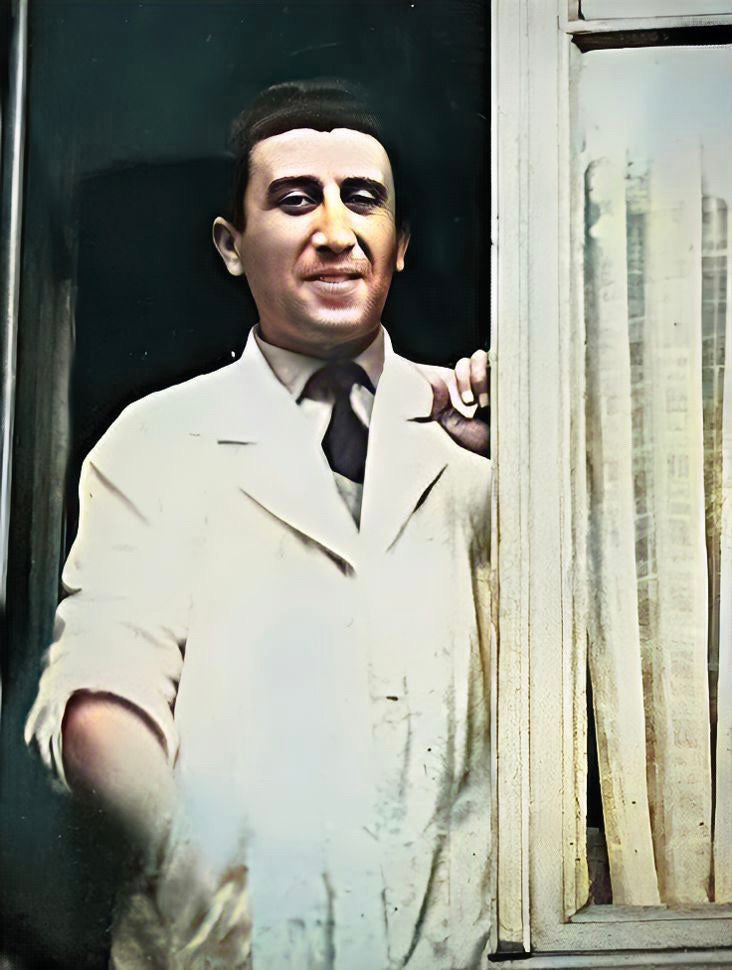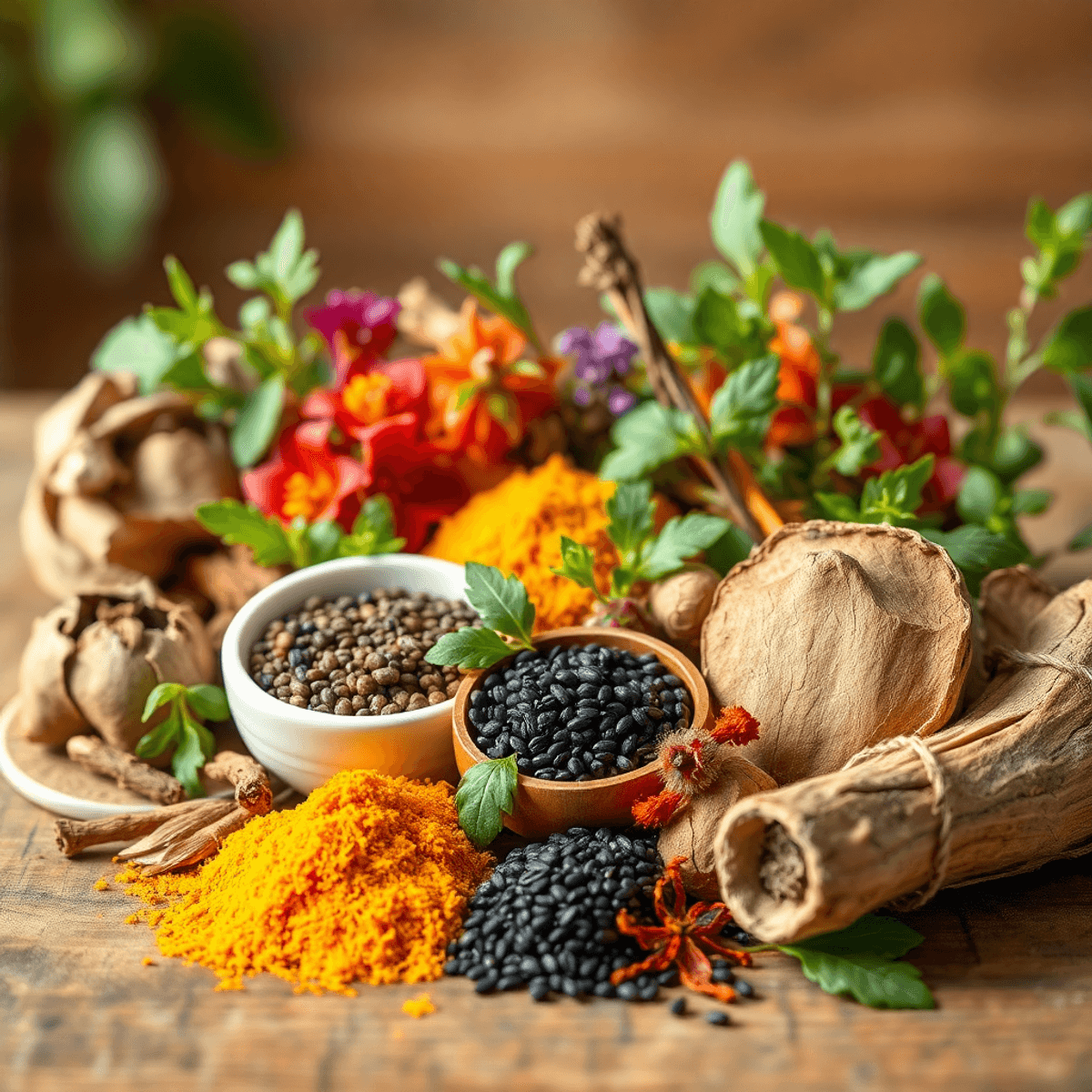The Ultimate Rosacea Guide: Causes, Symptoms & How to Treat It

Introduction
Rosacea is a common skin condition that affects many people around the world. It causes facial flushing, persistent redness, visible blood vessels, and sometimes pus-filled bumps. Rosacea can often be confused with acne or other skin issues. The symptoms of rosacea not only affect how a person looks but can also impact their emotional well-being and quality of life, leading to feelings of self-consciousness and stress.
This ultimate guide is here to help you understand rosacea better. We'll explore its causes, symptoms, and different treatment options available. Our goal is to provide you with a complete understanding of how to manage this condition effectively. Whether you're looking for ways to reduce flare-ups or improve your skincare routine, this guide will offer helpful tips and advice specifically for those living with rosacea.
Understanding Rosacea
Rosacea is a long-lasting skin condition that can be difficult to understand because it has many different symptoms and triggers. Unlike other skin problems, rosacea can show up in various ways, making each person's experience with it unique. People with rosacea often notice ongoing redness on their faces, especially on the nose and cheeks, which can sometimes be mistaken for acne or sunburn.
What Causes Rosacea?
The exact causes of rosacea are still not fully understood, but it is believed to involve a combination of genetic factors and an overactive immune response. Here are some factors that may contribute to the development of rosacea:
- Genetics: If you have fair skin or a family history of rosacea, you may be more likely to develop this condition.
- Environmental Factors: Certain environmental factors such as sun exposure and stress can also make rosacea symptoms worse.
Common Symptoms of Rosacea
Recognising the symptoms of rosacea early on is important for managing the condition effectively. Here are some common signs to look out for:
- Facial Redness and Flushing: Persistent redness, especially on the cheeks, is a key feature of rosacea.
- Visible Blood Vessels: Broken blood vessels become noticeable on the surface of the skin, particularly around the nose.
- Swollen Bumps: These red bumps or pus-filled pimples often resemble acne but do not have blackheads.
- Burning Sensation: The affected areas may feel hot or sensitive when touched.
Why Early Recognition Matters
Mild cases of rosacea might only cause occasional redness, but if left untreated, they can develop into more severe forms. By identifying your specific triggers—such as certain foods, beverages, or environmental factors—you can take steps to minimise flare-ups and prevent further progression of the condition.
Managing Rosacea Skin Care Challenges
For individuals dealing with challenges related to caring for their skin affected by rosacea, selecting appropriate products becomes crucial. The best moisturisers for this condition should be gentle and specifically formulated for sensitive skin types in order to avoid causing additional irritation.
Understanding these aspects provides a solid foundation for effectively managing rosacea. By identifying your unique triggers and symptoms, you will be able to customise your approach towards minimising its impact on your daily life.
Different Types of Rosacea
1. Ocular Rosacea
Ocular rosacea is a subtype of rosacea that primarily targets the eyes. This condition can manifest as dryness, irritation, and redness, often leading to discomfort and potential complications if left untreated.
Symptoms
Individuals with ocular rosacea may experience symptoms such as:
- Persistent dryness in the eyes
- Irritation and itching
- Redness of the eyes and surrounding skin
- The sensation of having a foreign object in the eye
- Blurred vision or sensitivity to light
These symptoms can significantly impact daily activities, necessitating prompt attention and care.
Importance of Medical Attention
Early diagnosis and treatment are crucial for managing ocular rosacea effectively. Seeking medical advice ensures proper care and prevents complications like corneal damage or vision loss. Treatment usually involves:
- Prescription eye drops to reduce inflammation
- Oral antibiotics for controlling bacterial infection
- Good eyelid hygiene practices
Ignoring these symptoms can lead to more severe issues; therefore, timely medical intervention is essential.
2. Papulopustular Rosacea
Papulopustular rosacea is another distinct type characterised by red bumps (papules) and pus-filled lesions (pustules) on the face. It is often confused with acne vulgaris due to its similar appearance, yet it lacks blackheads commonly seen in acne.
Differentiation from Acne Vulgaris
While acne affects teenagers predominantly, papulopustular rosacea tends to appear in adults between the ages of 30 and 50.
Understanding these differences helps in choosing appropriate treatments and avoiding ineffective acne medications for rosacea management.
Recognising the type of rosacea you may have is vital for effective treatment. Ocular and papulopustular rosacea each require specific approaches to manage their unique symptoms, highlighting the importance of an accurate diagnosis by a healthcare professional.
2. Papulopustular Rosacea
Papulopustular rosacea is a specific type of rosacea that is different from other types, such as ocular rosacea. This condition mainly appears on the face and is characterised by red bumps called papules and pus-filled lesions known as pustules. These symptoms can often be mistaken for acne vulgaris, which can make it harder to diagnose and treat properly.
Key Features:
- Papules: Small, inflamed red bumps that appear on the skin's surface.
- Pustules: Lesions filled with pus, adding to the inflamed appearance of affected areas.
Unlike acne vulgaris, papulopustular rosacea does not involve blackheads or whiteheads. Understanding these differences is crucial for creating effective treatment plans specifically designed for this type of rosacea. While both conditions involve facial redness and inflamed bumps, the causes of rosacea are very different from those that cause acne.
Early recognition of papulopustular rosacea symptoms can help in managing the condition effectively. It is important to determine whether your symptoms are more similar to this form of rosacea rather than acne in order to ensure you receive appropriate care and avoid unnecessary treatments aimed at acne vulgaris.
This distinction emphasises the complexity within Rosacea Causes, Symptoms & Treatment, highlighting the need for personalised medical intervention for each unique subtype.
Managing Rosacea Triggers
Understanding and managing rosacea triggers is essential for individuals seeking to reduce flare-ups and maintain skin health. While the exact cause of rosacea remains elusive, certain factors are known to worsen its symptoms. Learning about these rosacea triggers can empower you to take proactive self-help measures.
Common Triggers
Here are some common triggers that can exacerbate rosacea symptoms:
- Sun Exposure: UV rays are a significant trigger, causing the blood vessels in your skin to dilate, resulting in redness and irritation.
- Extreme Weather Conditions: Both hot and cold weather can have adverse effects on rosacean skin. Heat can increase blood flow to the face, while cold can lead to dryness and sensitivity.
- Alcohol Consumption: Alcohol, particularly red wine, is known for its vasodilating properties, which can intensify facial flushing.
- Spicy Foods: These can stimulate nerve endings and blood vessels, leading to increased redness.
Emotional Stress and Lifestyle Factors
Emotional stress is another potent trigger that cannot be overlooked. It induces a physiological response that may worsen your symptoms:
- Stress Management: Techniques such as mindfulness or yoga might help in reducing stress levels.
- Exercise Routines: While exercise is beneficial for overall health, intense workouts might provoke flushing. Opting for moderate exercises could be less triggering.
Identifying Personal Triggers for Better Management
Keeping a Diary:
Maintaining a diary of your daily activities and flare-ups can help you identify patterns between certain habits or exposures and the exacerbation of your rosacea symptoms. Document details such as:
- Foods consumed
- Weather conditions
- Physical activities
- Emotional states
This detailed record will serve as a valuable tool in pinpointing specific personal triggers.
Practical Tips for Managing Exposure
Managing exposure to known triggers involves strategic lifestyle adjustments:
- Sun Protection:
- Use broad-spectrum sunscreen daily.
- Wear wide-brimmed hats or seek shade during peak sunlight hours.
- Weather Adaptations:
- In cold weather, protect your skin with scarves or masks.
- In hot climates, use cooling sprays or stay indoors when temperatures peak.
- Dietary Adjustments:
- Experiment with eliminating spicy foods from your diet.
- Monitor alcohol intake and observe any changes in skin condition.
- Skincare Routine:
- Use gentle cleansers formulated for sensitive skin.
- Avoid products with harsh chemicals that may aggravate symptoms.
By identifying and managing these triggers effectively, you can take control of your rosacea symptoms and improve your quality of life.
When to Seek Medical Advice for Rosacea
Knowing when to seek medical advice is important for effectively managing rosacea. Consulting a dermatologist or your GP can help clarify symptoms and treatment options. Here are some signs that you may need professional guidance:
- Persistent Redness and Irritation: If facial redness doesn't go away or gets worse over time, it's a good idea to consult a healthcare professional.
- Development of Swollen Bumps: If you're experiencing frequent pus-filled pimples or red bumps that are different from typical acne, it's important to get a professional evaluation.
- Eye Involvement: If you have symptoms like dryness, irritation, or swelling around the eyes, it's crucial to see your GP or dermatologist to prevent complications such as ocular rosacea.
- Impact on Quality of Life: If rosacea symptoms are affecting your daily activities or causing emotional distress, seeking medical advice can help you find effective management strategies.
A healthcare professional can accurately diagnose your condition and recommend treatments that are tailored to your specific needs. This ensures that you receive the best care possible for managing this complex skin condition.
Effective Treatment Options for Rosacea
1. Over-the-Counter Treatments: Crema di Matteo as a Recommended Option
When dealing with the persistent symptoms of rosacea, finding a suitable over-the-counter treatment can be an essential step in managing the condition effectively. Among various products available, Crema di Matteo stands out as a preferred choice for many individuals experiencing mild cases of rosacea. This section delves into the practicality and benefits of using such over-the-counter solutions.
Understanding Over-the-Counter Options
Over-the-counter (OTC) treatments provide accessible and often cost-effective solutions for those beginning their journey in controlling rosacea symptoms. These products range from creams and gels to cleansers and sunscreens, each targeting specific aspects of the condition. OTC treatments aim to:
- Reduce facial redness
- Calm inflammation
- Moisturise sensitive skin
- Provide protection against environmental triggers
Why Crema di Matteo?
Crema di Matteo has gained attention due to its unique formulation designed specifically for rosacean skin types. Its composition includes ingredients known to soothe irritated skin and reduce visible redness without causing further irritation.
- Soothing Ingredients: The cream incorporates naturally calming agents like chamomile and aloe vera, which help in alleviating the burning sensation often associated with rosacea.
- Moisturising Properties: A rich blend of emollients ensures that the skin remains hydrated, preventing dryness that can exacerbate symptoms.
- Non-comedogenic Formula: Ensures that pores stay clear, reducing the risk of developing additional skin issues like acne.
Effectiveness in Alleviating Mild Cases
For individuals with mild rosacea symptoms, Crema di Matteo acts as a frontline defence against flare-ups. Regular application can lead to noticeable improvements in skin texture and tone.
- Reduction in Redness: Users report a significant decrease in facial flushing when incorporating this cream into their daily skincare routine.
- Enhanced Skin Barrier: By strengthening the skin's natural defences, it minimises sensitivity to common triggers such as weather changes or dietary factors.
Considerations When Using OTC Products
While OTC treatments like Crema di Matteo offer relief, it's important to remember they are most effective when used alongside lifestyle modifications tailored to individual triggers.
- Patch Testing: Before applying any new product, conduct a patch test on a small area to ensure no adverse reactions occur.
- Consistent Use: Achieving desired results requires consistent application as part of a broader skincare regimen.
By understanding how over-the-counter options fit into the broader spectrum of rosacea treatment strategies, you can take proactive steps toward managing your symptoms effectively. Crema di Matteo serves as an excellent starting point for those seeking gentle yet impactful solutions.
2. Prescription Treatments: Topical Creams and Oral Antibiotics for More Severe Cases
For those dealing with moderate to severe rosacea, dermatologists often prescribe a combination of topical treatments and oral medications to manage symptoms effectively.
Topical Treatments:
- Metronidazole Cream or Gel: Known for its anti-inflammatory properties, this treatment helps reduce redness and swelling.
- Azelaic Acid: Aimed at decreasing swelling and bumps, azelaic acid is often recommended as a first-line treatment.
- Ivermectin Cream: This cream targets inflammation and is particularly effective in reducing the papules and pustules associated with rosacea.
Oral Antibiotics:
- Doxycycline: This oral antibiotic is frequently prescribed to reduce inflammation rather than fight bacteria, making it ideal for long-term use in managing rosacea.
- Minocycline: Another antibiotic option that can be effective in controlling more severe symptoms.
These prescription options are typically considered when over-the-counter solutions like crema di Matteo fall short. Consulting with a dermatologist is crucial to tailor a treatment plan that addresses your specific symptoms and triggers. Each individual's response to these treatments can vary, emphasising the importance of professional guidance in managing rosacea effectively.
Lifestyle Changes & Skincare Routine Recommendations for Rosacea Skin Types
A gentle skincare routine is essential for managing rosacea, a condition characterised by facial flushing and irritation. Selecting products that cater to sensitive skin types can help soothe inflammation and minimise flare-ups.
Key Skincare Tips:
- Gentle Cleansing: Use a mild, soap-free cleanser to avoid stripping the skin of its natural oils. Look for products labeled as hypoallergenic or designed specifically for sensitive skin.
- Moisturising: Choose moisturisers that provide adequate hydration without clogging pores or causing irritation. Look for ingredients like ceramides and hyaluronic acid, which offer moisture retention without triggering further inflammation. Some of the best moisturisers for rosacea skin care include those that are fragrance-free and non-comedogenic.
- Sun Protection: Daily application of broad-spectrum sunscreen with at least SPF 30 is crucial. Opt for mineral-based sunscreens containing zinc oxide or titanium dioxide, as these are less likely to irritate sensitive skin.
Incorporating these elements into your daily regimen can significantly improve the management of rosacea symptoms. By adopting a consistent skincare routine tailored to your individual needs, you can reduce redness, soothe irritation, and protect your skin from common triggers.
If you also struggle with eczema or other similar conditions, consider exploring Eczema treatment options that may provide relief from symptoms associated with such skin issues.
FAQs (Frequently Asked Questions)
What is rosacea?
Rosacea is a common, long-lasting skin condition that primarily affects the face. It can manifest as redness, visible blood vessels, and sometimes bumps or pimples. Understanding rosacea is crucial for effective management and treatment.
What are the common symptoms of rosacea?
Common symptoms of rosacea include persistent redness on the face, visible blood vessels, small red bumps or pustules, and in some cases, ocular symptoms such as irritation or dryness of the eyes. Early recognition of these symptoms is important for effective treatment.
What causes rosacea?
The exact causes of rosacea are still not fully understood. However, factors such as genetics, environmental triggers, and certain lifestyle choices may contribute to its development. Identifying personal triggers can help manage the condition more effectively.
How can I manage my rosacea triggers?
Managing rosacea triggers involves understanding what exacerbates your symptoms. Common triggers include emotional stress, certain foods and beverages, temperature changes, and skincare products. Keeping a diary to track daily activities can help identify personal triggers.
What treatment options are available for rosacea?
Treatment options for rosacea vary based on severity. Over-the-counter treatments like Crema di Matteo can be effective for mild cases, while prescription treatments such as topical creams (e.g., Metronidazole) and oral antibiotics (e.g., Doxycycline) are recommended for moderate to severe cases.
When should I seek medical advice for rosacea?
It's important to seek medical advice when experiencing persistent or worsening symptoms of rosacea. Early diagnosis and treatment are crucial for managing the condition effectively and preventing complications associated with more severe forms of rosacea.


